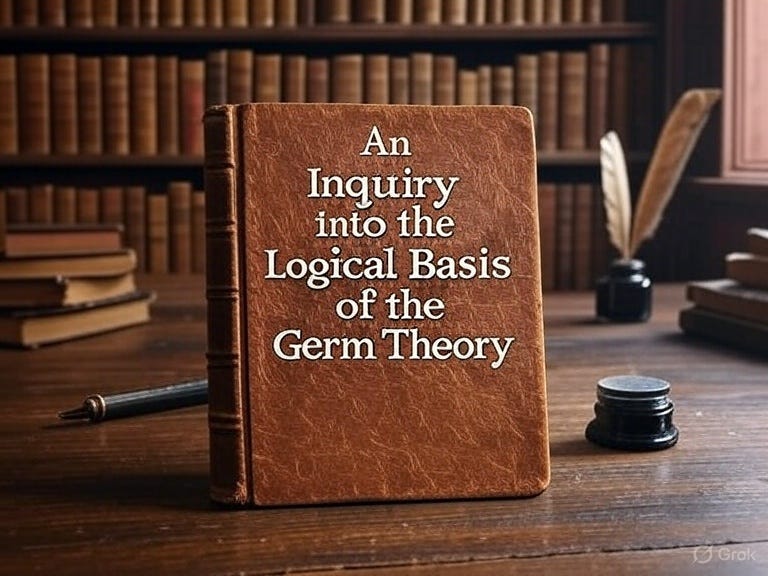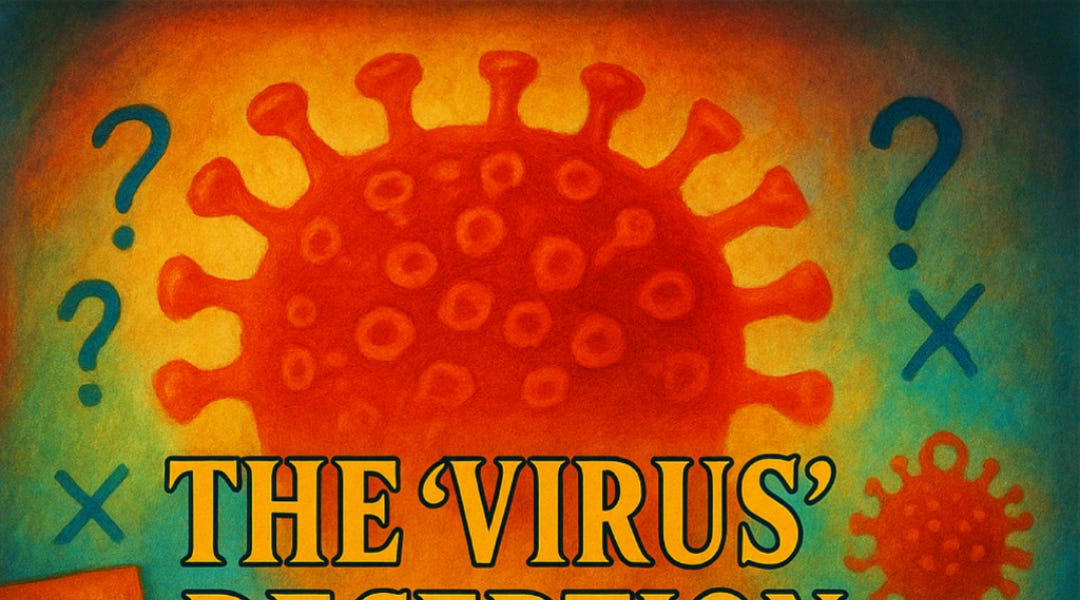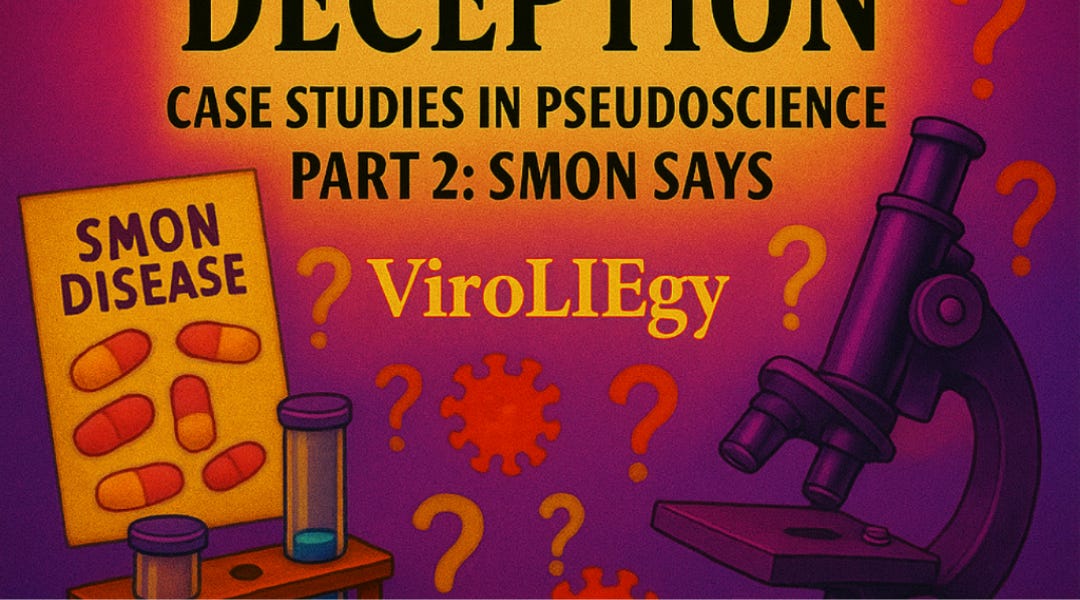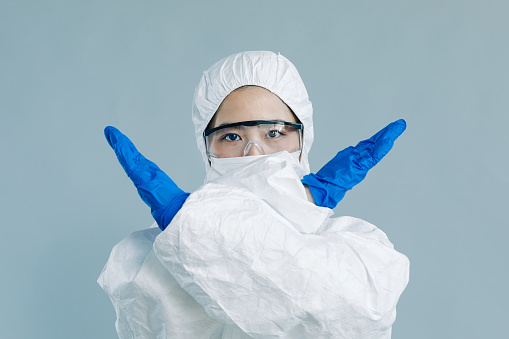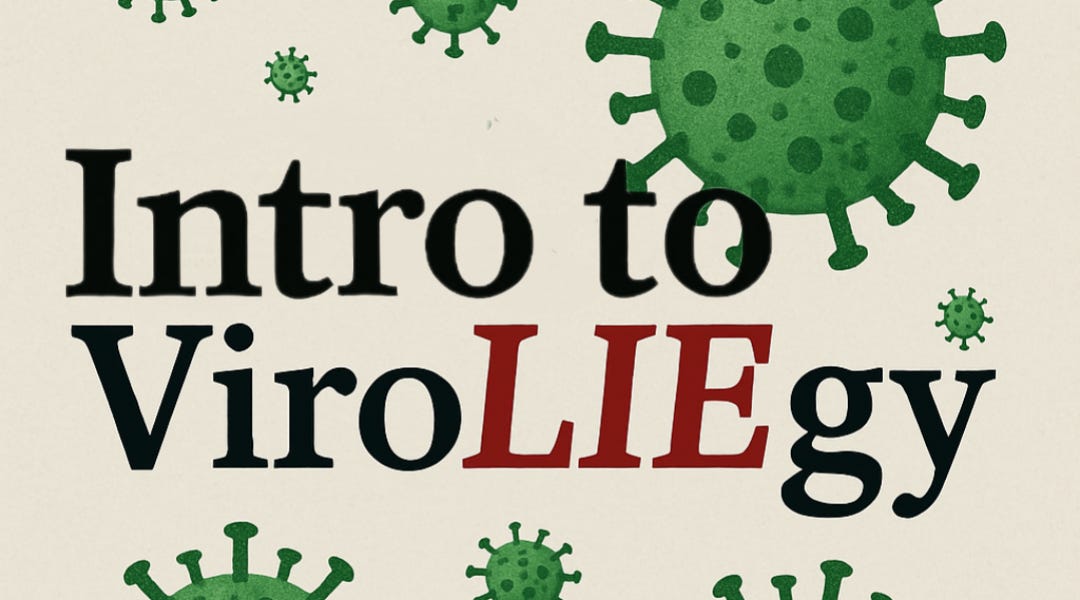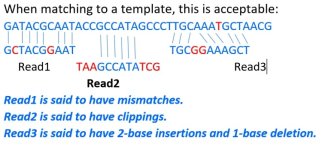Perhaps it'd be best to agree to disagree on that one.
Sure. The 2 page "Settling the Virus Debate" statement does it at the very top of the first page:
**
“A small parasite consisting of nucleic acid (RNA or DNA) enclosed in a protein coat that canreplicate only in a susceptible host cell.”1
**
They get this definition from a mainstream source:
1 Definition of ‘virus’ from Harvey Lodish, et al., Molecular Cell Biology, 4th ed, Freeman & Co., New York, NY, 2000:
https://doi.org/10.1016/S1470-8175(01)00023-6
Where did you get the notion that I thought a picture was supposed to fit that definition? The correct way to see what something does is to -truly- isolate it from other things and only -then- introduce it back to things to ensure that any effects (such as the cytopathic effect) is actually caused by the thing you have isolated. The problem in the case of alleged biological viruses is that this has never been done. It has actually been alleged that it -can't- be done. Instead, various substances have been introduced to cells and one or more of the introduced substances have caused the cytopathic effect. There has never been any solid evidence that the microbes seen under electron microscopes were required to produce said cytopathic effects.
The "Settling the virus debate" statement makes it clear that providing evidence that a biological virus is actually required for observed cytopathic effects is quite important. It's literally in their first step for determining whether biological viruses exist. I've colored CPE, aka cytopathic effect in orange so you can skip to the word and backtrack from there if you like:
**
We propose the following experiment as the first step in determining whether such an entity asa pathogenic human virus exists...
STEP ONE
5 virology labs worldwide would participate in this experiment and none would know the identities of theother participating labs. A monitor will be appointed to supervise all steps. Each of the 5 labs will receive fivenasopharyngeal samples from four categories of people (i.e. 20 samples each), who either:
1) are not currently in receipt of, or being treated for a medical diagnosis;
2) have received a diagnosis of lung cancer;
3) have received a diagnosis of influenza A (according to recognized guidelines); or who
4) have received a diagnosis of ‘COVID-19’ (through a PCR “test” or lateral flow assay.)
Each person’s diagnosis (or “non-diagnosis”) will be independently verified, and the pathology reports will bemade available in the study report. The labs will be blinded to the nature of the 20 samples they receive. Each lab will then attempt to “isolate” the viruses in question (Influenza A or SARS-CoV-2) from the samples or conclude that no pathogenic virus is present. Each lab will show photographs documenting the CPE (cytopathic effect), if present, and explain clearly each step of the culturing process and materials used, including full details of the controls or “mock-infections”. Next, each lab will obtain independently verified electron microscope images of the “isolated” virus, if present, as well as images showing the absence of the virus (presumably, in the well people and people with lung cancer). The electron microscopist will also be blinded to the nature of the samples they are analyzing. All procedures will be carefully documented and monitored.
**
Full statement:

drsambailey.com

